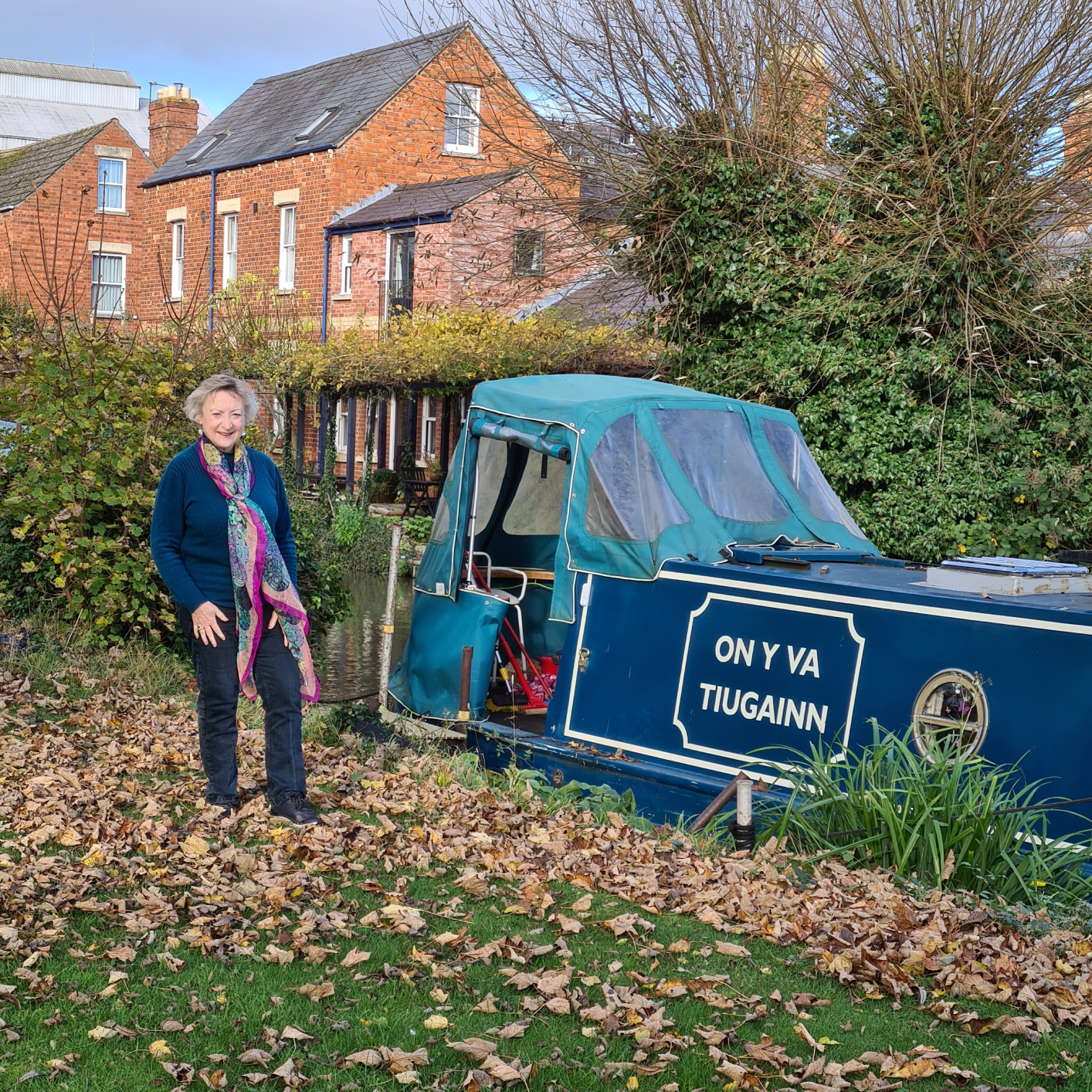Laura Hoyano
 Please tell us a bit about your background.
Please tell us a bit about your background.
I attended a very poor school in remote northern Alberta. The (mostly non-Canadian) teachers’ expectations of even the best pupils were extremely low. I was told I was unlikely to gain University entrance. I taught myself most of (the equivalent of) my 5 A-level subjects. (Hence my passion for access to HE, Oxford and the Bar.) I was the first in my family to complete a university degree, going rather to excess, with two degrees (over seven years) in mediaeval history, followed by a three-year JD (University of Alberta), and (much later) the BCL. I fell into the law rather than wanting to study it, faute de mieux: there were no jobs for mediaevalists; I was newly-wed and my husband was in second year of law school. I disliked my law degree because of the turgid teaching methods; I found fear of failure was a power motivator! Notwithstanding being the Gold Medallist, none of my professors suggested postgraduate study, because they viewed the best students as being destined for practice in a leading law firm. I discovered Law as a fascinating subject whilst I was sitting my Finals, when the Canadian Charter of Rights was promulgated which enabled the courts to strike down non-human rights compliant legislation. I was privileged to be clerking at the Alberta Court of Appeal hearing the first cases to go through the new human rights system, requiring a complete recalibration of barristers’ and judges’ thinking, for which my law studies had ill-prepared me. I then practised at the Alberta Bar for 10 years, with a broad civil and human rights trial and appellate practice.
What led you to a career in academia?
I’d dreamed of Oxford since my childhood when I first read in a children’s book about its bells and spires. Returning to Canada from Germany where I’d been having conferences with expert engineering witnesses for a trial concerning the fatal crash of the world’s largest indoor triple-looping rollercoaster (I still remember G-Forces and anaerobic adhesive!) I detoured to visit Oxford. Sitting on Blackwell’s steps, I asked myself whether I would go to my grave wondering whether I could ever have been admitted to Oxford. With my husband Allan’s support, I collected a BCL brochure from Wellington Square, threw caution to the winds and told my law firm that I would accept a long-standing equity partnership offer only if they gave me an (und-heard-of) sabbatical two years’ hence. I had a wonderful year at Balliol. Encouraged by Jane Stapleton and Andrew Burrows, and supported by Allan, I returned to Canada determined to become an academic: I wanted to think about what I wanted to think about, and not what the next client required of me for however long it took. That had to be in England because of the intellectual exhilaration of the tutorial system. After five years at Bristol University, and a Visiting Fellowship at Balliol, I became a Tutorial Fellow at Wadham, my academic home since 1999. My College post was converted to a Stipendiary Senior Research Fellowship in 2013, whilst I continued my usual Faculty duties. This enabled me to return to practice, at the English Bar, this time in criminal and regulatory law.
What are your research interests and why have you chosen those particular areas?
I’ve resisted being pigeonholed because I’ve ‘purchased’ my intellectual freedom by giving up a lucrative practice in Canada for acadaemia. Due to my practice background, I’m intrigued by how legal theory and rules work in reality. I’ve been commissioned by Government and the Criminal Bar Association to conduct several empirical studies into the criminal justice system. I relish exploring the intersections and interstices of the law between seemingly disparate subjects: evidence law, criminal justice, human rights, tort law and medical law. Binding together many of these topics is a common thread of how child abuse is litigated in the criminal, family, tort, and human rights courts, and the applicable rules of evidence. I didn’t expect to get into child abuse as a research area but was commissioned by the Home Office to conduct a major empirical study into the evidence in child abuse prosecutions, and that started the hare running. I was counsel for complainants of historical abuse at the Independent Inquiry into Child Sexual Abuse.
What are you working on at the moment?
I’m writing a new edition of Hoyano and Keenan’s Child Abuse Law and Policy across Boundaries (OUP), this time single-authored; it grows ever more massive (over 1,000 pages) and examines five juridical areas in 78 jurisdictions. I’m co-authoring a book on human rights in the UK (with Nick Bamforth), and writing an article on human rights arguments justifying physician-assisted dying, and an article on the accountability of child protection agencies in tort and human rights. I represent the Criminal Bar Association (and am the only academic) on the high level cross-government/cross-criminal justice agency investigation of obstacles to successfully prosecuting serious sexual offences, frequently referred to in the media as ‘The Rape Review’. With Julian Roberts, I am on the CBA’s working party on reforming the criminal justice system.
What is your favourite thing to do in your spare time?
Specialising in child abuse and sex offences is psychologically exhausting, so I seek places of calm, preferably viewing the unique vistas of England offered by exploring canals on our narrowboat (pictured), where we live when in Oxford. I quilt and I’m trying to learn Italian.
What is the best thing about living/working in Oxford?
Walking through Oxford viewing the extraordinary architecture -- always seeing something different -- and feeling the atmosphere (dodging bikes!) is an extraordinary privilege. I miss it hugely working from home during lockdown (my husband and I live near Bath).
What is your favourite place to visit in the world?
Our 13th century house in our spectacular mediaeval hilltop town in southern Tuscany.

